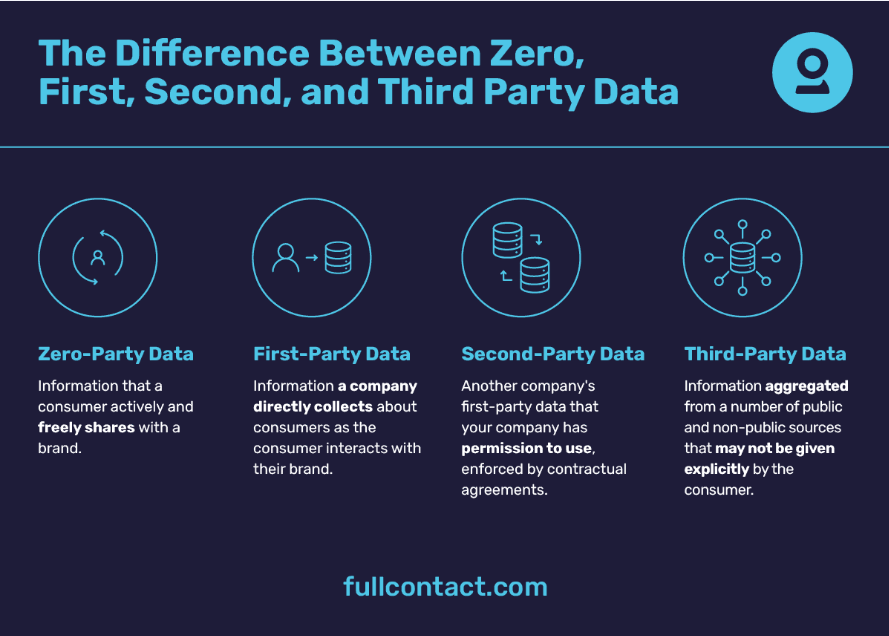
Each year our inboxes are flooded with enough emails to make your head spin, especially if you factor in all the promotional and junk messages we get daily.
We are all naturally annoyed by this phenomenon, but as marketers, it hasn’t stopped us from running our email marketing campaigns.
The fact is, email marketing is not dead; it’s very much alive and well, especially when it comes to B2B marketing.
Many companies still use it as a critical channel to reach customers regarding news, promotional campaigns, and more.
We often encourage people to “subscribe” to our newsletters or mailing lists, but what can we do besides that to refine or optimize our email content marketing efforts?
It’s important not to waste great opportunities to influence a purchase decision!
Rather than discussing the frequency of emails, and templates or crafting compelling subject lines and body messages, I’d like to look at email marketing from different perspectives.
Below are several trends, including intelligent data collection, that you need to pay attention to as you dig into your email marketing strategy.
Use email marketing intelligently to collect additional customer data
Due to the rise of privacy laws and regulations, many companies need to comply with GDPR (General Data Protection Regulation from the European Union), CCPA (California Consumer Privacy Act), or CPRA (California Privacy Rights Act). Therefore, it’s essential to familiarize yourself with all these; learn more about the differences between GDPR, CCPA, and CPRA here.
Since their 1994 debut, using cookies to track users’ engagement from website to website has been a debate about privacy intrusion.
The Federal Trade Commission (FTC) held two hearings in 1996 and 1997 to dig into the matter.
With the rise of stricter privacy rules, especially regarding search engines, Google announced phasing out 3rd party cookie tracking from its Chrome browser in early 2020, intending to shut it down by 2024.
This prompted brands and advertisers to evaluate a cookieless world and consider how they could understand customers’ preferences and intent moving forward.
One potential solution is to be smart about gathering data directly from your customers (aka zero-party and first-party data).
So, what are zero-party and first-party data, and even second-party and third-party data?
Below you’ll find the definitions of each one; I think all marketers must understand the key differences between them. So here’s how to distinguish everything:
Zero-party data: Information that a consumer actively and freely shares with a brand.
Example: Your communication preferences, hobbies, interests, etc.
First-party data: Information a company directly collects about consumers as they interact with their brands or as part of transactions.
Example: Your billing address, shipping address, and interactions with content on the company website.
Second-party data: Your company has permission to use another company’s first-party data, enforced by contractual agreements.
Example: Hotels and airlines share customers’ information when a consumer uses airline points to book hotels.
Third-party data: Information aggregated from a number of public and non-public sources that may not be given explicitly by consumers.
Example: A brand uses a third party’s customer lists to validate email addresses or enrich customer datasets.
In a cookieless world, it’s vital that you proactively gather zero-party and first-party data by asking users to opt in.
One way to do so is through email marketing. For example, you can use polls, surveys, questionnaires, contests, and prizes to encourage and incentivize your target audience to share their data so that you can better serve them.
Email can play a critical role in asking for additional insights that you are looking for and should be a part of your marketing plan.
Marketers can get additional insights and create nuances for personalization by merging zero-party data with first-party data. Building easy touch points for personalized content online and offline.
It’s also essential to have a process in place to protect your customers’ personal information.
Mike Barber shared the tools to help us to verify zero-party data:
- Email verification services (Validity, NeverBounce)
- Reply and inbox management services (e.g., Drift)
- Data verification tools (USPS, Smarty)
Learn more about zero-party data here.
Evaluate how you engage with your subscribers via email marketing
Many email marketers focus on the frequency of emails. However, on the surface, the more emails are sent out, the more engagement occurs.
Is that true, though?
Gmail creates email tab categories and keeps our inboxes quieter by separating primary emails from other emails, such as promotions, social notifications, and other updates.
Rather than sending mass emails with high frequency, it’s important to slice and dice your email lists based on subscribers’ recent engagements to personalize the next email they will receive.
Remember, this is about quality, not quantity, and creating segmented audience lists should help you send more meaningful messages.
For example, if the subscribers have checked out your pricing sheet and attended three webinars in the past, can you send out an email to that target market to ask if they are interested in getting a demo or talking to sales?
If a group of subscribers has recently taken you up on a promotional offering, do you have something free or complementary that you can send as a token of appreciation?
Rather than sending a mass email every week, can you look at the email lists and do something different, focusing on a small group at a time?
Or, can you identify a list of folks you think have a high likelihood of being converted to sales?
Leaning into this thoughtful personalization as you craft compelling email content doesn’t have to be overly complicated.
And the results pay off in terms of getting people interested and paying attention!
Each email you send should be viewed as an opportunity not to be squandered. So take time to think about how you want to engage with your mailing list.
Also, if you want to reach out to specific people, but need their emails, check out Hunter’s guide: 11 Ways to Find Someone’s Email Address in 2023.
Take email marketing metrics further down the purchase funnel
Open rate, bounce rate, unsubscribe rate, click-through rate, and SPAM complaint rate are all good metrics. However, they won’t be good enough to pitch for more budget for your marketing strategy.
Additional metrics are needed to show the stickiness of your email efforts and whether or not things are landing.
For example:
- Your subscribers reply to your email after the webinar. Can they be counted as MQLs?
- Your subscribers express interest in talking to sales. Can the email marketing team take credit for the pipeline contribution?
- Your subscribers drag your mail to a folder or add the email to the address book. Can this be counted as a future MQL opportunity?
To take an email down the purchase funnel:
- Invest in more sophisticated email service providers
- Utilize backend integration from the email platform to CRM or MQL tracking
- Tap into additional email analytics tools
- Integrate business intelligence platforms (MSFT BI, Adobe Commerce) to an email platform
If you want to understand the impact of your email marketing efforts with pinpoint precision, you will need to have tools to track and monitor exactly what’s happening.
This requires budget and analysis, but it’s worthwhile to understand where you can improve.
In summary…
Email marketing is not dead. You just need to think about how to “modernize” or “optimize” your email marketing efforts to keep up with the times.
In an increasingly tech-savvy world, things can’t just be business as usual anymore.
You also need to be able to show how email contributes to the bottom line. So being able to analyze set metrics accurately is crucial. Then, use the appropriate tools and data to connect with your customers more effectively.
In short, it’s time to rethink your email marketing efforts.
If you need help to start, feel free to contact me and tell me your specific challenges.
More than happy to help.




